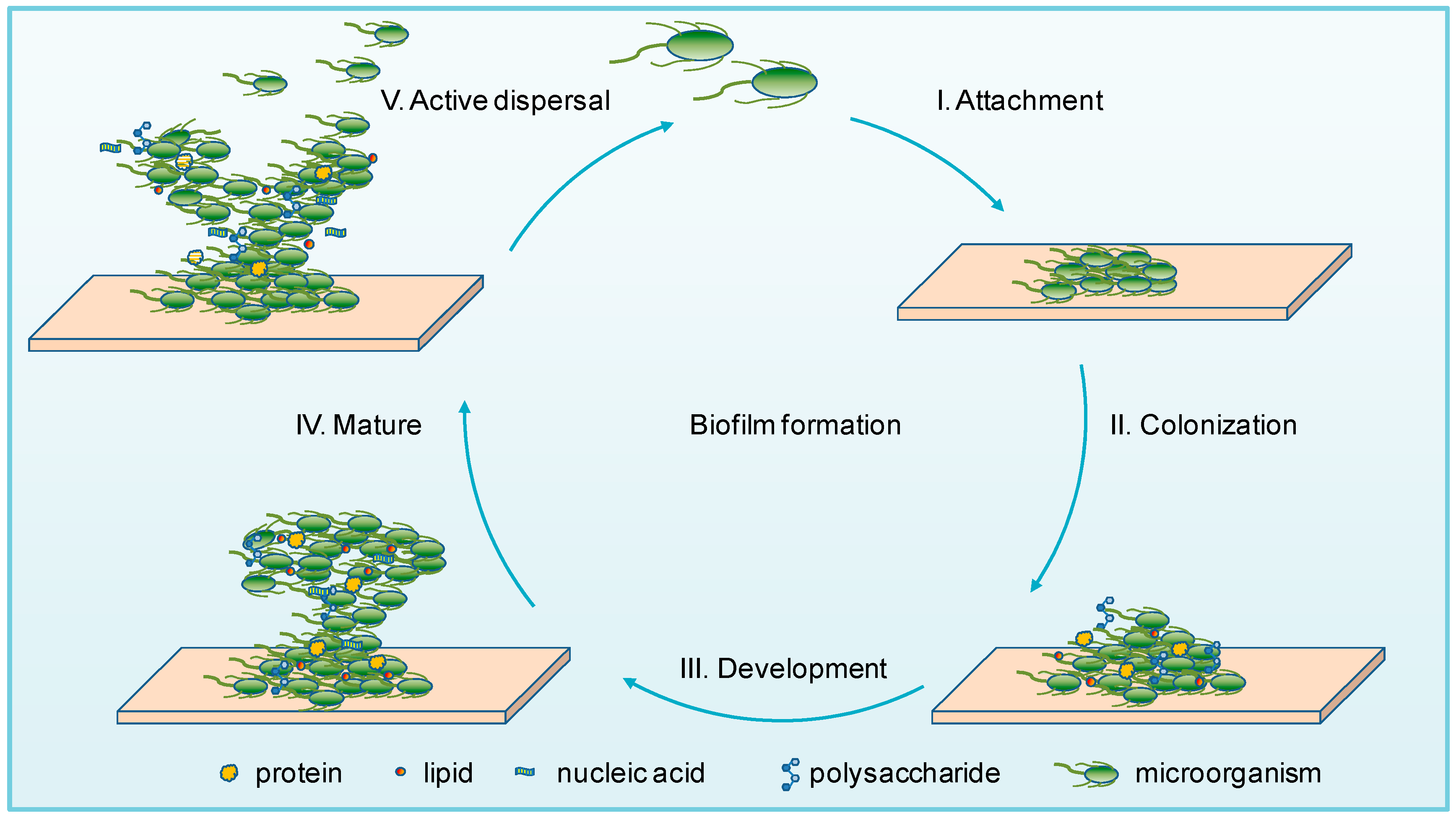Difference Between Biofilm And Microbial Mat

Also i just published a pretty long but informative interview with three experts explaining the link between chronic uti and bacterial biofilms check it out.
Difference between biofilm and microbial mat. This is believed to be the first report of microbial biofilms forming on the surface of ivrs in a model of relevance to humans. They are a type of biofilm that is large enough to see with the naked eye and robust enough to survive moderate physical stresses. They grow at interfaces between different types of material mostly on moist surfaces but some are found in dry environments. Microbial mats are multilayered structures of microorganisms mainly bacteria archaea fungi and sometimes protozoans.
These adherent cells become embedded within a slimy extracellular matrix that is composed of extracellular polymeric substances epss. Microbial mats may also be referred to as algal mats and bacterial mats. The mechanisms of reduced susceptibility to biocides and antibiotics of bacterial cells present within biofilms have been the subject of considerable experimentation and debate. The upper layers usually contain different screening pigments including the sheath pigment scytonemin providing protection to subsurface layers so the condition inside the mat could be more favorable.
In response to extreme and variable conditions consortia of several species could develop firm layered structures microbial mats or biofilms. A biofilm comprises any syntrophic consortium of microorganisms in which cells stick to each other and often also to a surface. To understand attachment the first stage in biofilm formation it is necessary to examine closely the properties of both the substratum and the cell surface. The aim of the study was to determine if bacterial biofilms formed on the ivrs in vivo and if so whether there would be a difference between the medicated and control rings.
Biofilms may form on living or non living surfaces and can be prevalent in natural industrial and hospital settings 2 3 the microbial cells growing in a biofilm are physiologically distinct. These colonies of bacteria form on surfaces at many types of interface for example between water and the sediment or rock at the bottom between air and rock or sediment between soil and bed. The chapter begins with a comparison of microbial mats and biofilms and ends with some suggestions for future. Bacterial biofilm treatment for embedded chronic uti.
The cells within the biofilm produce the eps components which are typically a polymeric conglomeration of extracellular. Biofilms have been studied extensively over the past 20 years and much is known about the process of microbial attachment and initial biofilm formation.


















